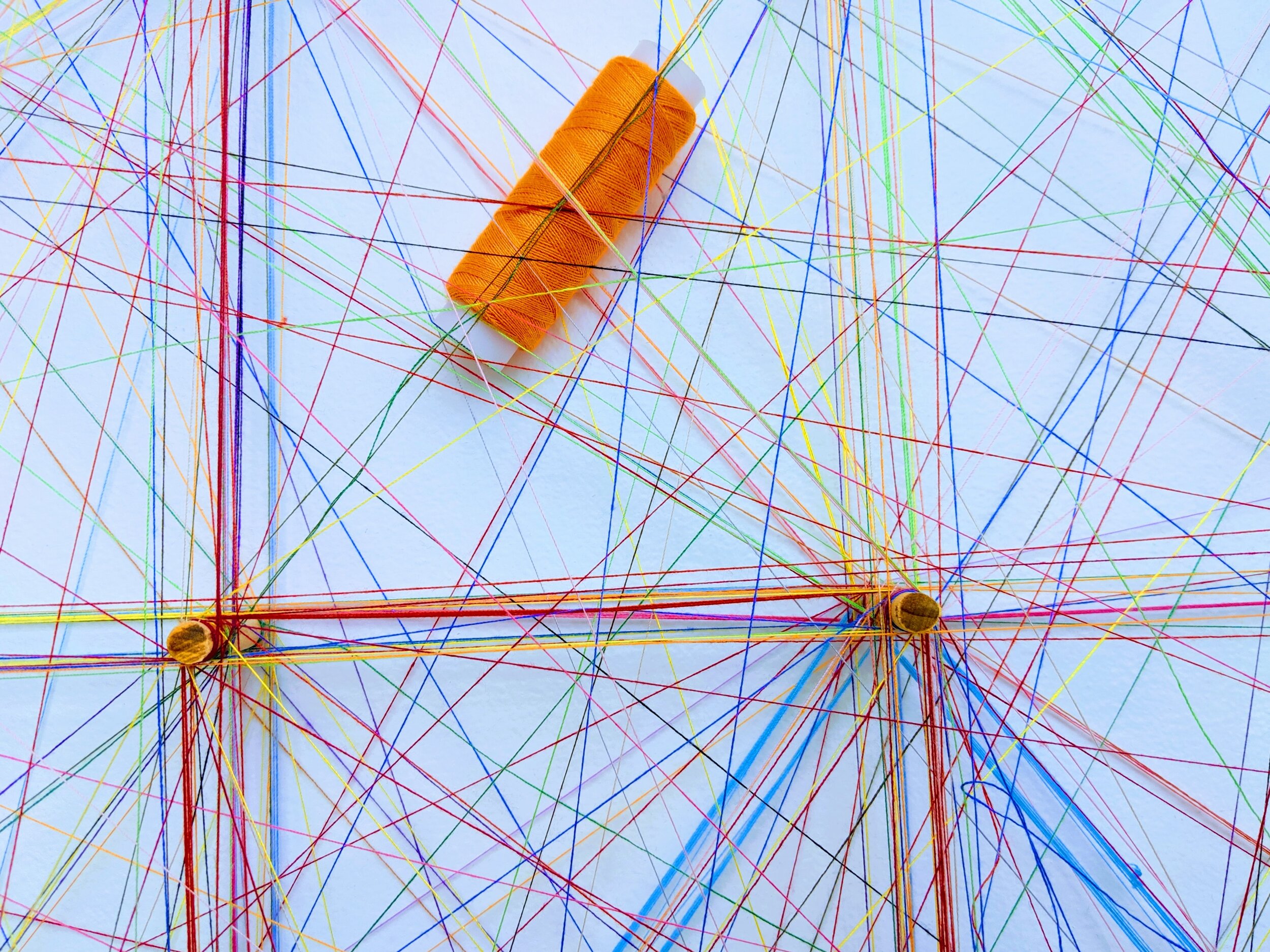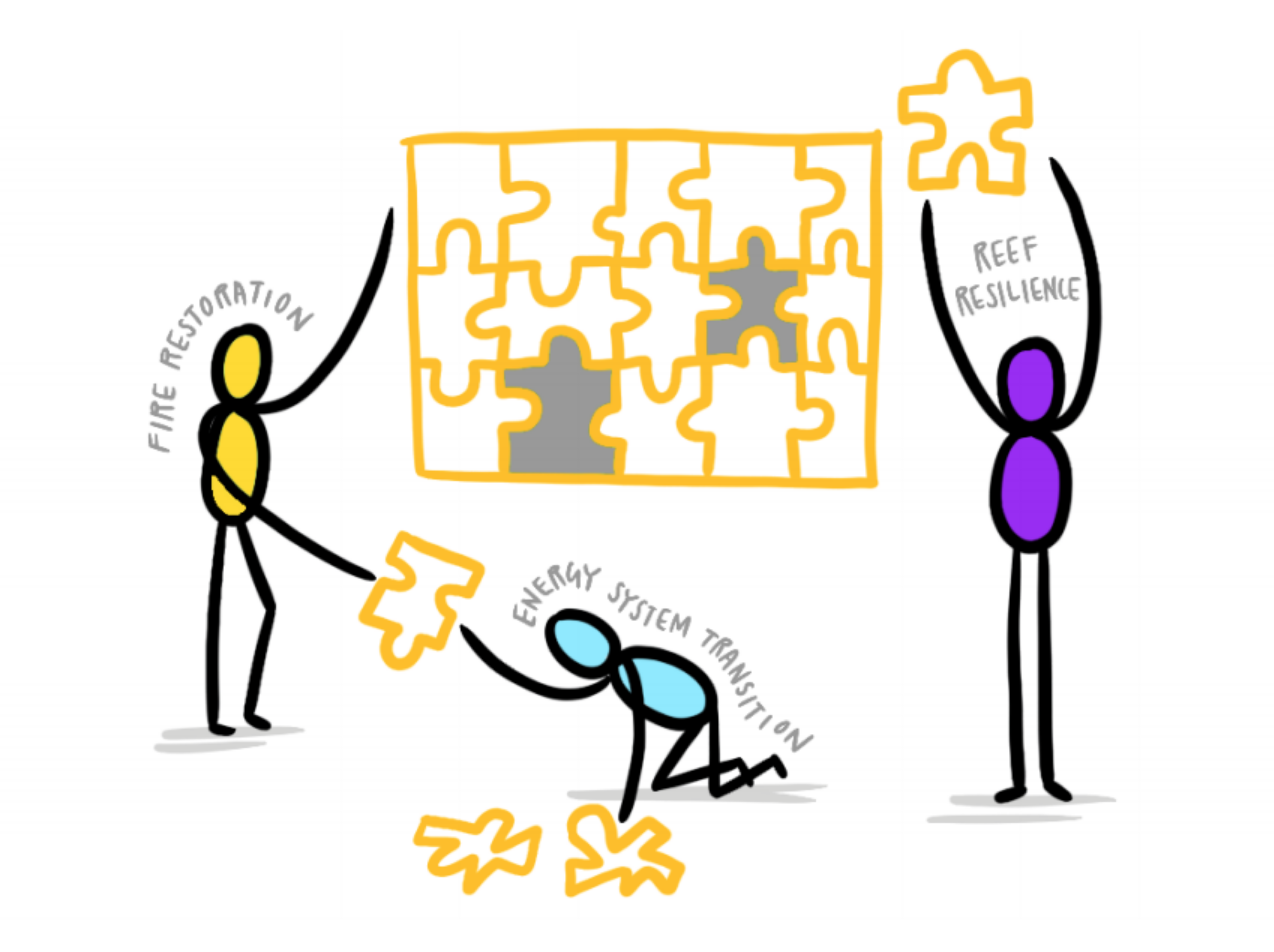
Netweaver Network
Connecting network leaders to the best ideas, resources and methods
Our Mission
Create a lively co-learning community that advances the science and practice of transformative learning networks
Our Vision
Deepen our collective understanding of the transformative potential of networks, nurture a supportive community of netweavers, and enhance their ability to catalyze systems change
Our Goals
Enable netweavers to create a community of practice that bridges academic research and cutting-edge practice
“Innovative Practices for Systems Transformations”
Our partner, Transformations Community has sponsored a special edition of the Social Innovations Journal that has ideas that will be useful for netweavers
Check out a new set of articles in the Social Innovations Journal, an online journal for practitioners. In the first five articles of this special issue, I examine how netweavers can build and maintain the enabling conditions for productivity, commitment, creativity, and purpose in a time of disruption. These papers emerged from a three-year partnership with some of the world’s most highly experienced and effective netweavers. The core of these articles are the words of the netweavers themselves, which I organized and accompanied with enough commentary to make them coherent and cohesive. I hope you find these ideas useful as you lead your organizations to adapt to changing conditions and new contexts, scale innovation, and respond to crisis.
Where groundbreaking research meets transformative practice
Our goal is to share our insights with other netweavers, and the broader community of systems weavers through this website. Visit the Brugo Lab site as well, where Bruce shares other research he conducts at the University of Colorado.
We Are Unique
We have found that best practices in transformative network design, facilitation, and evaluation are largely inaccessible beyond the networks where they were developed.
Netweavers often reinvent the wheel because they lack access to other peoples ideas. Netweaver Network supports netweavers who sense the potential to catalyze transformative change and want to meet others who share their passion.
Netweaving Terminology
Systems Transformation
Systems transformation is about building new systems that make the old ones obsolete. Getting to transformation requires addressing the root causes of dysfunctional systems in order to create new systems that make the old ones obsolete, develop innovations that have the potential to become the new status quo, and redefine system goals and paradigms.
Transformative Learning Networks
Transformative learning networks amplify the potential for transformative change by disrupting old habits, fostering new relationships, and providing communities with the freedom to define their own place and purpose while promoting collective action at higher organizational scales. Transformative learning networks can be powerful engines for change – and they take special skill and attention to create and maintain.
Learning Networks
Learning networks bring together practitioners to promote place-based learning and system-wide adaptation in response to pressing social and ecological challenges. This creates a dynamic environment through which innovation can flow and shared capacity can grow whether the focus is reef resilience, urban sustainability, ecological fire restoration, or food security.
Netweavers
Learning networks rely on skilled network facilitators, or “netweavers”. Netweavers support the health of a network by enabling the flow of ideas, building strong ties that facilitate information flow, and forging a common voice to promote systems change. Netweavers knit their networks together to develop collective capacity to overcome resistance to systems change.
This material is based upon work supported by the National Science Foundation under Grant No. (1524832). Any opinions, findings, and conclusions or recommendations expressed in this material are those of the authors and do not necessarily reflect the views of the National Science Foundation.
Contact us.
Questions of comments?
Drop us a note and we will be sure to get back to you!





